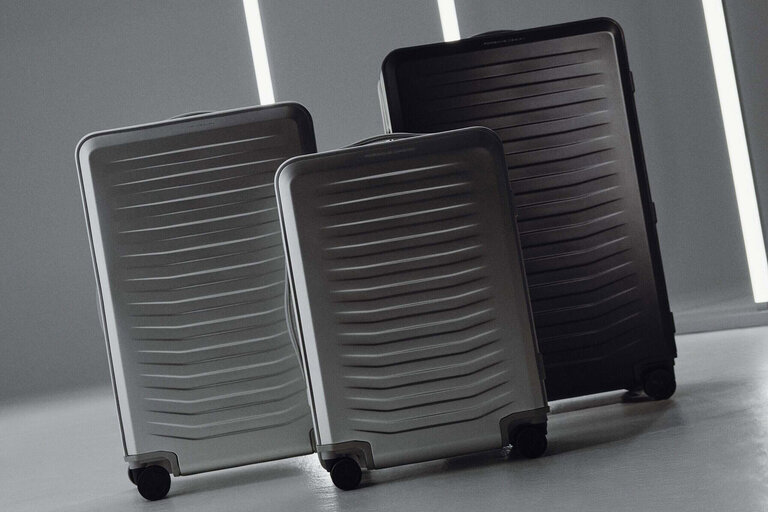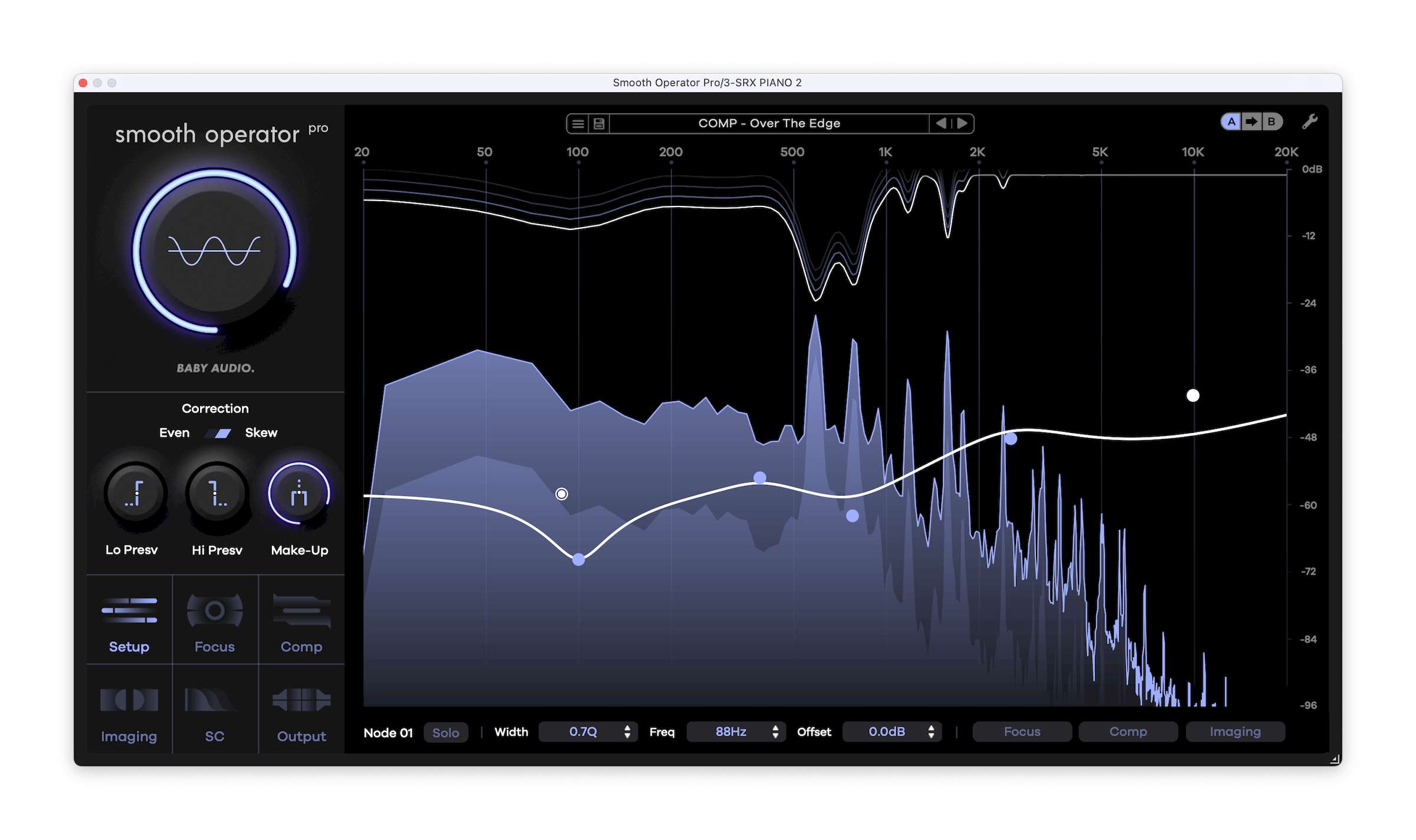Zurich Airport and Pittsburgh International bolster solar initiatives
Photovoltaic technologies have become a fixture at many airports. Solar panels are being secured to rooftops and building facades, or ground-mounted in large fields such as those found at Cochin International Airport in India and Pittsburgh International Airport (PIT) in Pennsylvania. Indeed, PIT has just announced a partnership with Duquesne Light Company (DLC) and IMG... The post Zurich Airport and Pittsburgh International bolster solar initiatives appeared first on Runway Girl.
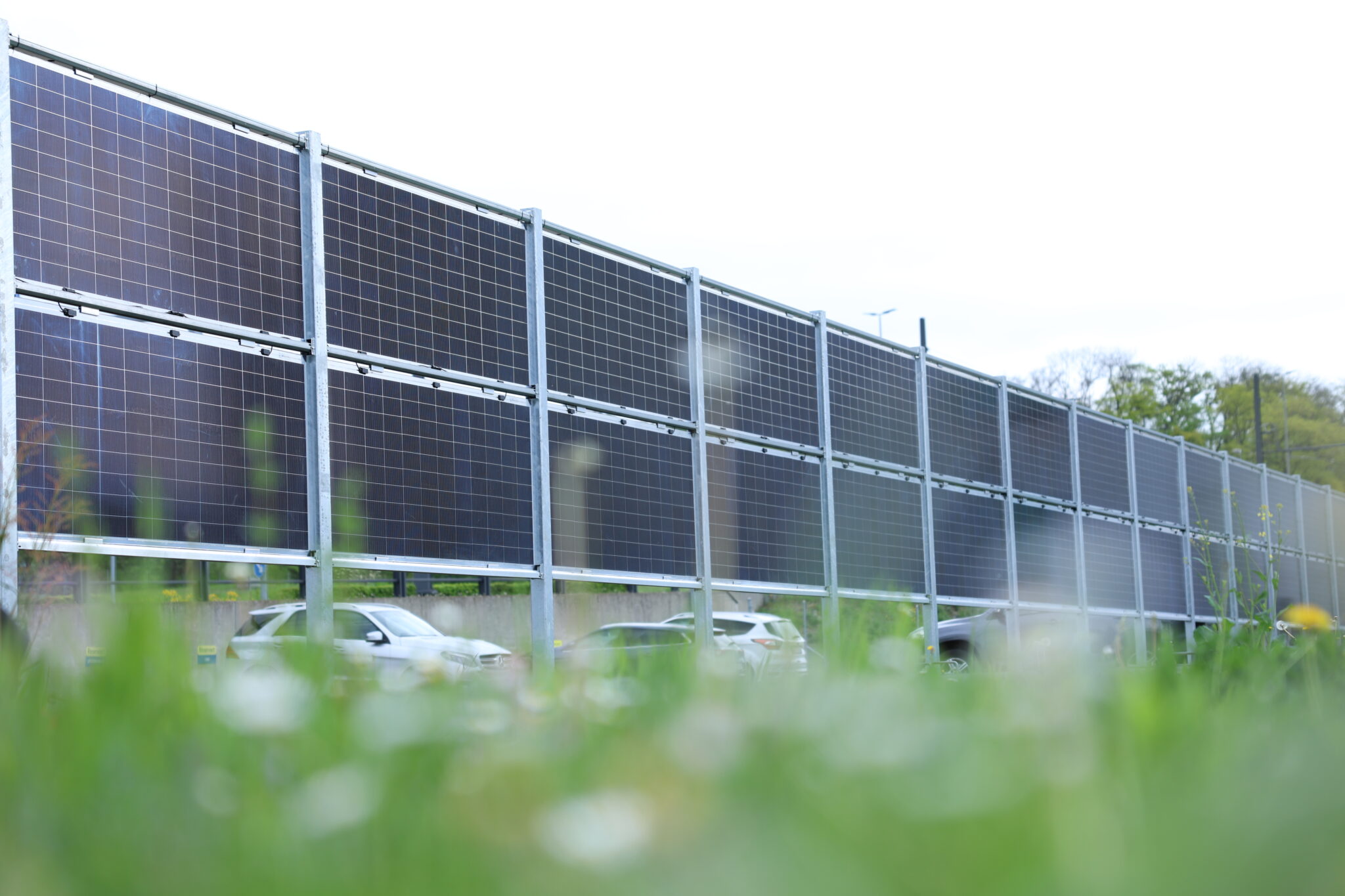
 Photovoltaic technologies have become a fixture at many airports. Solar panels are being secured to rooftops and building facades, or ground-mounted in large fields such as those found at Cochin International Airport in India and Pittsburgh International Airport (PIT) in Pennsylvania.
Photovoltaic technologies have become a fixture at many airports. Solar panels are being secured to rooftops and building facades, or ground-mounted in large fields such as those found at Cochin International Airport in India and Pittsburgh International Airport (PIT) in Pennsylvania.
Indeed, PIT has just announced a partnership with Duquesne Light Company (DLC) and IMG Energy Solutions to expand its existing solar field to enable the generation of an additional 4.7 megawatts of clean energy — fulfilling a promise made last year by Christina Cassotis, the CEO of PIT operator Allegheny County Airport Authority.
Now the operator of Switzerland’s Zurich Airport says it is ready to test the use of vertical solar fences. “These upright photovoltaic panels offer several benefits,” enthuses Zurich Airport Ltd. in a statement.
“Among other things, they allow for double-sided electricity generation, leading to an increased yield of 10 to 30 percent compared to conventional horizontal systems. They also enable a more consistent energy output throughout the day. At the same time, the panels can serve as functional fencing — fulfilling a dual purpose.”
A pilot solar fence has been installed on a previously unused security fence near Zurich Airport’s heating facility, with the aim of gathering insights on the efficiency, weather resistance, and operational integration of the technology.
“In this initial phase, we aim to gain experience with vertical solar systems and assess whether this technology could be suitable for additional locations, such as parking areas. The testing period will last for at least one year to capture seasonal variations,” explains Guido Hüni, head of energy and decarbonisation at Zurich Airport Ltd.
More broadly, photovoltaics serve as “a cornerstone” of the airport’s strategy to increase the share of renewable energy. Panels are currently installed and operational on 12 buildings, and a preliminary feasibility study has identified 40 roof surfaces — including some from planned replacement buildings — as potentially suitable for additional solar installations. “Any implementation must ensure that glare protection for pilots and tower staff is maintained at all time,” notes the airport operator.
Whether affixed to racking systems on the ground, atop buildings or on vertical fencing, solar panels can enable airports to generate more in-house electricity for their own use and energy resiliency and/or to supply energy to the regional electric grid. The latter is in fact PIT’s intention for its solar field expansion project, according to Blue Sky News, the news service for PIT and Allegheny County airports.
PIT operates a unique hybrid microgrid featuring an on-site natural gas power plant and an eight-acre solar field. Under its agreement with Duquesne Light Company and IMG, some 11,216 high-efficiency solar panels will be added to an adjacent 12-acre field atop a closed landfill, which would otherwise not be suitable for development.
The expanded solar field will be owned and operated by IMG, a Liberty Energy company, with a commitment to supply 100% of its generated energy, along with the Renewable Energy Credits, to utility provider Duquesne Light Company.
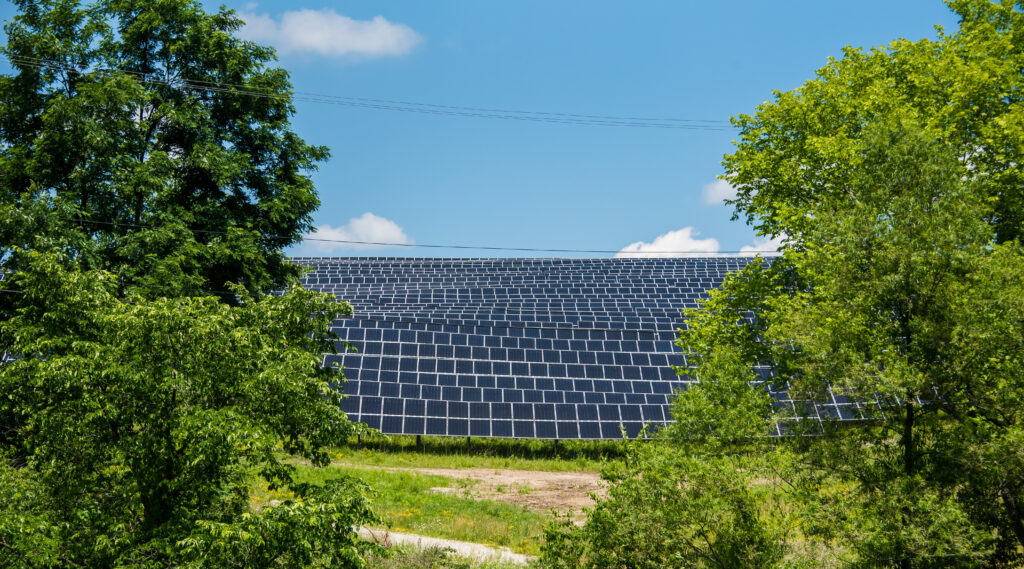
PIT’s current solar field boasts nearly 10,000 solar panels, and helps to power the airport. Image: Pittsburgh International Airport
“IMG is excited to build on the success of the Pittsburgh International Airport microgrid, which combines high-efficiency thermal generation with a utility-scale solar array, by more than doubling our existing solar energy production,” notes Mike Brady, vice president of power generation execution at Liberty Energy. The additional 4.7 megawatts of clean energy produced is expected to reduce carbon emissions by approximately 5 million pounds per year.
“Pittsburgh International Airport is an energy leader, and we are thrilled to partner with Duquesne Light Company and IMG for this important regional project. We are maximizing the use of airport assets for the betterment of the region — from air service to real estate development to energy innovation and there’s more to come,” says Cassotis, who will share more insights into how air transport can get the green credentials it needs when the Future Travel Experience (FTE) World Innovation Summit opens its doors on 13-15 May in Pittsburgh.
Over 80 organizations have already confirmed their participation, including leading airports, airlines, OEMs, government agencies, and tech partners. Hosted by PIT, and held at Carnegie Mellon University, one of the world’s top institutions for robotics, AI, and engineering, the FTE World Innovation Summit will offer a rare combination of academic insight and industry application, say the organizers.
Related Articles:
- Pittsburgh International to expand solar farm, eyes hydrogen hub
- Austrian Airlines studies hydrogen power for ground maintenance
- Airbus hones hydrogen plan, showcases next-gen narrowbody tech
- #PaxEx Podcast: Deep dive with ZeroAvia CEO Val Miftakhov
- How Kempegowda International is harvesting sunlight and rainwater
- Press Release: Sustainability on focus at FTE World Innovation Summit
- Press Release: Zurich Airport, Synhelion ink solar fuel offtake pact
The post Zurich Airport and Pittsburgh International bolster solar initiatives appeared first on Runway Girl.


![‘Andor’ Star Varada Sethu on Cinta’s [SPOILER], Her Future With Vel and Killing Tay Kolma: ‘It’s Like Death When She Turns Up’](https://variety.com/wp-content/uploads/2025/05/cinta.jpg?#)


![‘Dangerous Animals’ Director Sean Byrne Used Real Sharks and Praises Jai Courtney’s Serial Killer Turn [Exclusive]](https://bloody-disgusting.com/wp-content/uploads/2025/04/Dangerous-Animals-scaled.jpg)
![Check Into Shudder’s ‘Hell Motel’ from the Creators of ‘Slasher’ [Trailer]](https://i0.wp.com/bloody-disgusting.com/wp-content/uploads/2025/05/hellmotel-still.jpg?fit=1280%2C720&ssl=1)




































































































































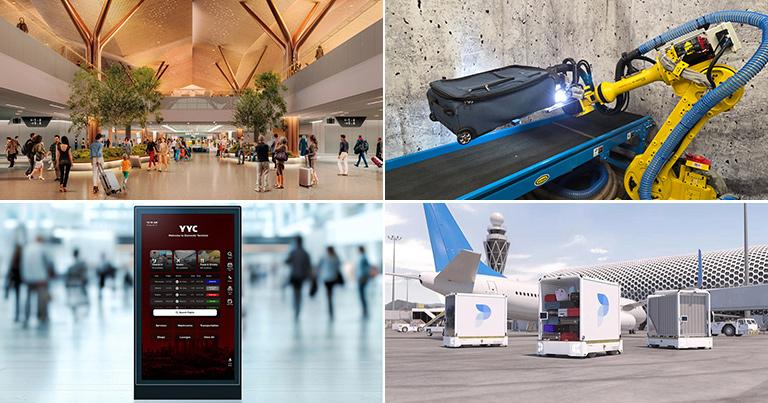
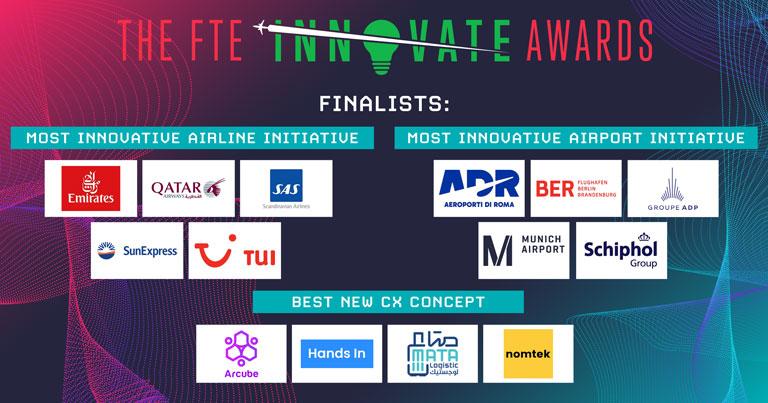
































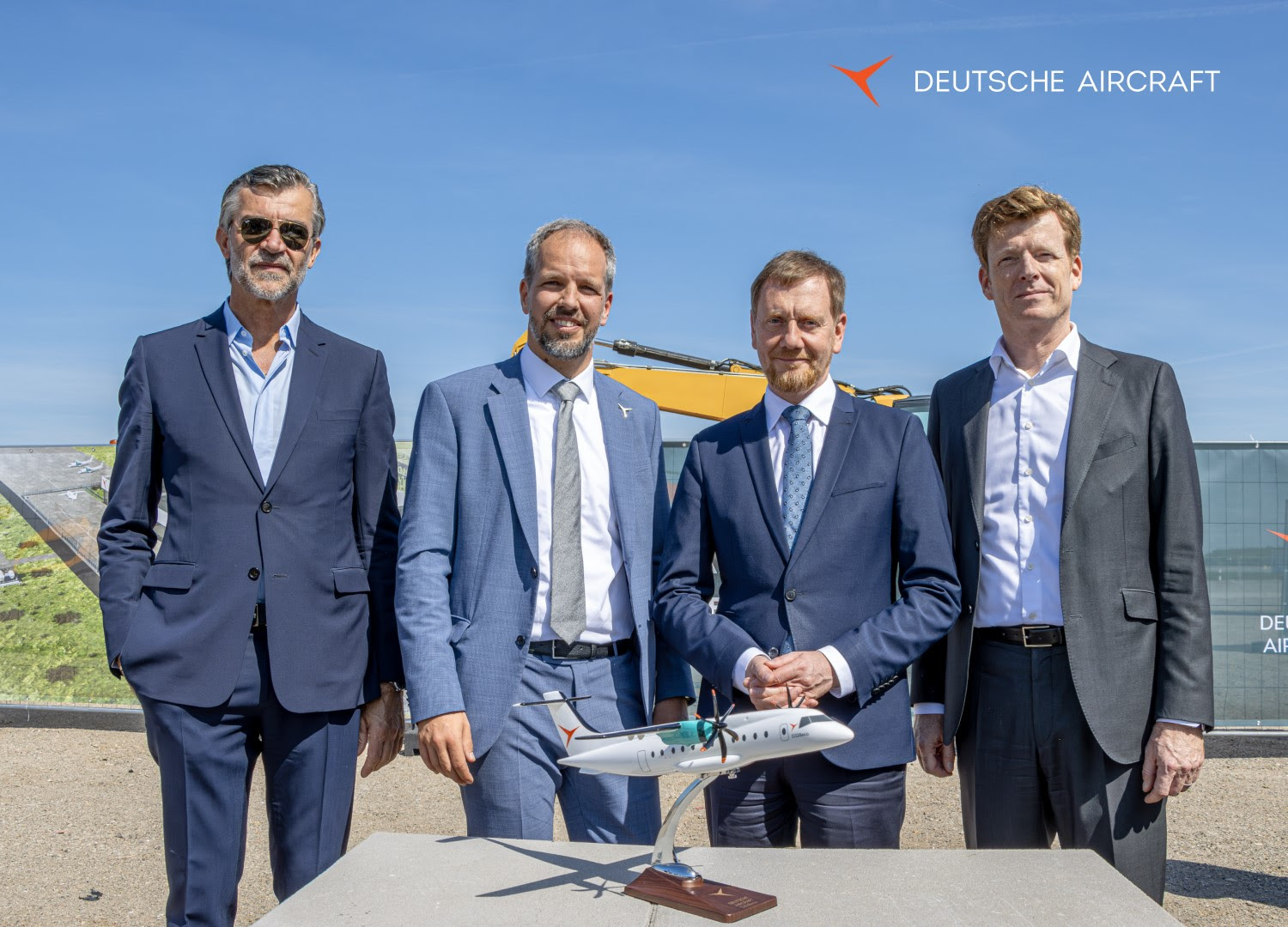





























![Southwest’s Free Wi-Fi Trial Could Backfire—Here’s Why [Roundup]](https://viewfromthewing.com/wp-content/uploads/2025/04/southwest-airlines-jet.jpeg?#)











































































































































































































